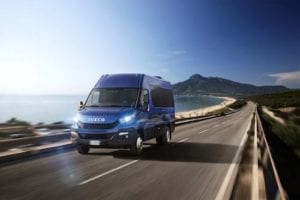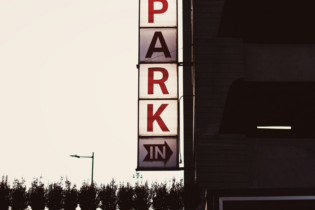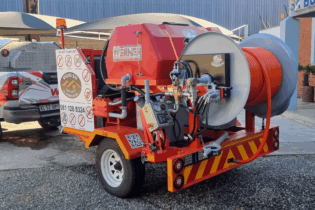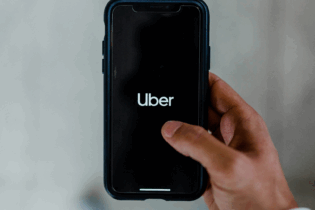 Transport World Africa spent five minutes with new Iveco South Africa managing director, Carmelo Impelluso, asking him about Africa, developing markets and the newly-introduced Iveco Daily range.
Transport World Africa spent five minutes with new Iveco South Africa managing director, Carmelo Impelluso, asking him about Africa, developing markets and the newly-introduced Iveco Daily range.
You are in charge of several right-hand drive (RHD) markets in Africa as well…what is your vision for the Southern African Customs Union (SACU)?
The plant in Rosslyn is open because we invested again in 2014. Last year we started to run and now the production level achieved has given us extra volume to sell into the other countries where we are selling both extra-heavies and the Daily, the latter predominantly in Namibia and SACU. In the export areas, we are selling extra-heavies to big customers. We have a dealer that is providing service and spare parts, but we have direct contact with the customers. In Tanzania and Mozambique, we are enhancing our sales force. We have a few different departments, one is fully dedicated to the SACU and three guys are fully dedicated to the other RHD countries. Our target this year is to sell 75% of the units in SACU, that is 2 000 vehicles, with 1 500 sold in SACU and 500 in the other RHD countries. The potential in Tanzania and Mozambique is really interesting. (Globally, Africa and the Middle East combined represented 8% of Iveco’s total sales volumes in 2015. -Ed) The Daily is popular inEurope, what type of volumes will South Africa get? There is no problem with volumes. There are two elements to it: Europe is recovering as a market, due to the fact that the interest rate is zero; we are lucky and the market is growing. Secondly, the Daily has gained a strong position – second place in the segment behind Mercedes-Benz which is first in Europe, due to strong sales of the Sprinter in its home German market. Even with a plant that is producing 400 vehicles per day we have difficulty importing more. Due to the exchange rate, our profitability here in South Africa is not the same. We can make more money selling vehicles in Europe than here due to the price position. It is not easy to find what is the right position; the exchange rate is a nightmare. The launch price of the Daily has to go up because of the exchange rate. All manufacturers products will go up about 10% this year. We didn’t increase the prices in January, but in the second part of the year, everybody will increase by another 5%.







